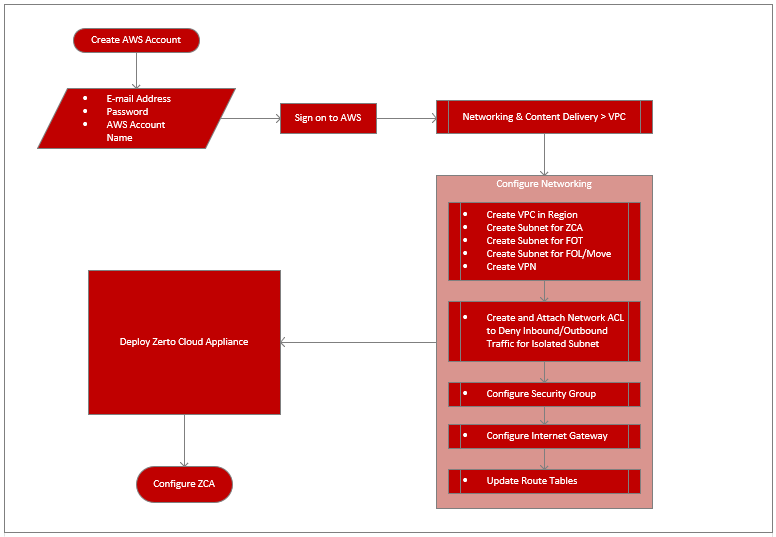This one took a while to get out there, but alas, it has been published for public consumption.
With that, I’m happy to be able to share this new whitepaper with the community, as it was not only great to hear that Zerto supports it, but it was also a blast testing and documenting the solution!
As a part of the Zerto 8.0 launch earlier this year (March 22, 2020 to be exact), the AWS Storage Gateway was officially announced as being supported as a Zerto LTR (Long Term Retention/Backup) target, which effectively enables you to send your Zerto backups to Amazon S3.
Sure, as of Zerto 8.5, you can actually configure Azure Blob (Hot/Cold) Storage or Amazon S3 (with Infrequent Access Tier support) for Zerto backups, which will effectively enable you to send backups directly to the public clouds via HTTPs.
That said, where does the AWS Storage Gateway fit into the picture? When or why should I use it as opposed to sending my backups directly to the cloud?
In a nutshell, the difference between what Zerto does in 8.5, and what you get by using the AWS Storage Gateway is that with the storage gateway, you are getting a cached copy of your backup data on-premises, which resides outside of Zerto’s short term journal. Here’s how that topology looks:

What we see here is that the Storage Gateway sits on-premises, and serves as a cache location for most frequently accessed data. You connect it to Zerto as an NFS or SMB repository (SMB must be used for indexing, btw) and configure your Virtual Protection Groups to send backups to this repository.
What you will get is a Zerto backup that will complete locally, and then the Storage Gateway asynchronously replicates that data out to an S3 bucket of your choosing. If you need to restore something from the backups (if your short term journal doesn’t contain what you need), you can quickly restore that data from the storage gateway without having to pull the data back down from S3.
Now that I’ve set the stage – without further ado (yeah I googled this to be sure I used the correct term), here’s the link to the whitepaper: https://bit.ly/2Krs14y
As an added bonus, if you are strapped for time and don’t want to read, I’ve also created a video that walks through the same steps to install and configure the AWS Storage Gateway for use with Zerto:
If you have found this useful, please be social and share! As usual, thanks for reading, and watching. Please leave any comments and questions below!
Cheers!
